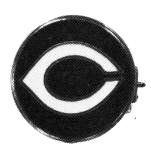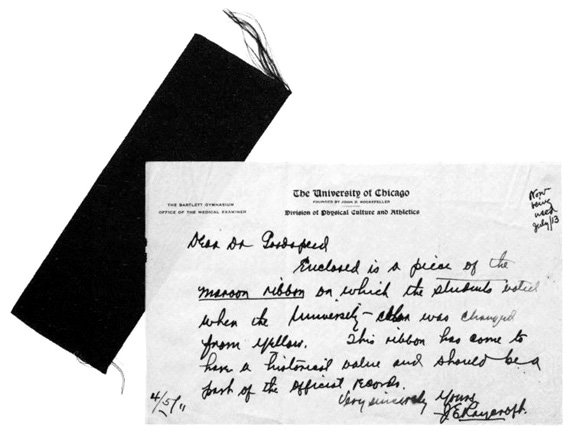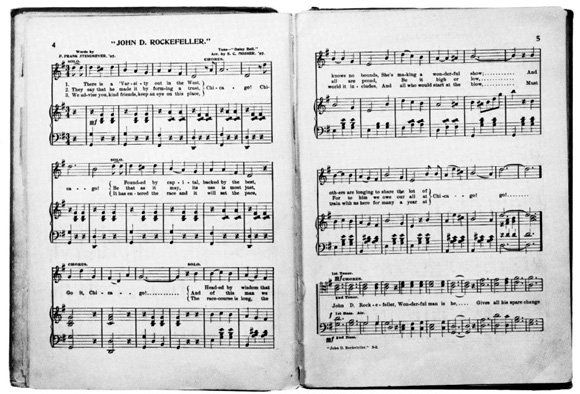Traditions
There was no time for traditions to evolve. Students chose to attend the University of Chicago for its promise of a superior education, but they also wanted a complete educational institution with traditions, campus songs, and slogans. This presented obvious problems for a university which had just opened its doors, but the students made a conscious effort to "establish rituals unique to Chicago." T. G. Soares (PhD 1896) noted that "the suggestion was made that any person desiring to establish a tradition should present the same in writing, and, after lying on the table for two weeks, it could be established by a two-thirds vote - so hungry were we for traditions in those days."
The students began with a
pair of yells that they hoped would inspire their inexperienced but
enthusiastic football team. One cheer included primal cheers mixed in
with "Varsity rah," but the more popular and enduring cheer, after some
editorial revision, went as follows:
Chi-ca-go, Chi-ca-go,
Chi-ca-go, go!
Go Chi-ca, go Chi-ca,
go Chi-ca, GO!
Madeleine Wallin explained that the "Chi-ca-go" yell was "entirely unique" and expressed "the spirit and destiny of this progressive place."
Meanwhile campus traditions and symbols, both informal and formal, were created. Two different committees composed of students, coaches, and faculty, for instance, convened to discuss the University's official color. Most members favored maroon, but football coach Amos Alonzo Stagg, probably imagining one of his tailbacks streaking down the sideline, made a case for green and red. The Board of Trustees in a unanimous vote chose maroon. An "Alma Mater" written by Edwin H. Lewis (PhD 1894) was first performed in 1894 and soon became a favorite piece of campus musical groups. By 1910 the University had adopted a coat of arms bearing a flaming phoenix and a motto, "Crescat Scientia, Vita Excolatur": "Let knowledge grow from more to more, and so be human life enriched."
Attention was also paid to enriching the symbolism of the campus environment. A metal plate with the coat of arms was set in the corridor outside Hutchinson Hall and was not to be stepped upon. A Mitchell Tower curfew was rung for Coach Stagg's athletes each evening at 10:08 p.m. to the tune of the "Alma Mater." A fragment of stone from the Old University of Chicago was mounted in the wall of the passageway between Classics and Wieboldt halls. Rituals were invented for class gifts like the "C" Bench opposite Cobb Hall, which could be occupied only by varsity lettermen and their dates. Other places on campus conveyed a collegiate aura - the trophy room in Bartlett Gymnasium with its silver cups and game balls, or the barber shop in Reynolds Club with its photographs of football team captains, cartoon map of the quadrangles, and sponsorship of the campus mustache race. In these and other ways, most notably the adoption of an architectural style evocative of medieval learning, the University acquired the trappings of tradition and took its proper ceremonial place among more ancient institutions.




